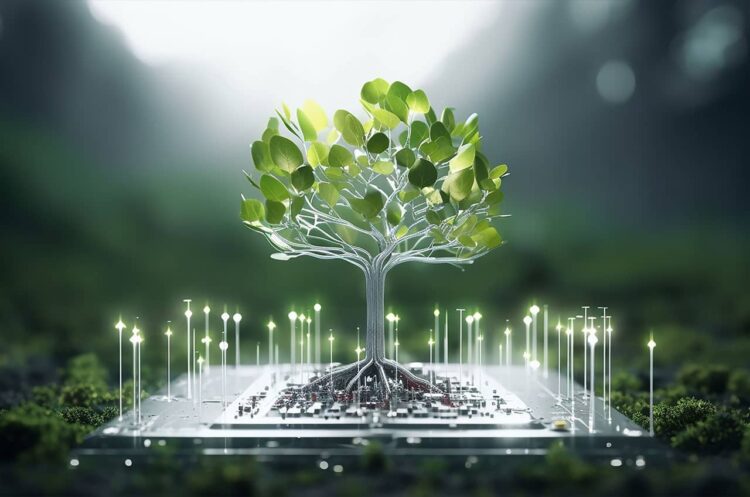[ad_1]
Revolutionizing Renewable Energy: Groundbreaking Innovations in Green Technology
Renewable energy has become a hot topic in recent years as concerns about climate change and the environment continue to grow. With the push for cleaner and more sustainable energy sources, researchers and innovators have been working tirelessly to develop new technologies that can revolutionize the way we generate and use energy. In this article, we will explore some of the most groundbreaking innovations in green technology that are shaping the future of renewable energy.
Solar Power
Solar power has long been considered one of the most promising renewable energy sources, and recent advancements in solar technology have made it more efficient and cost-effective than ever before. One of the most exciting developments in solar power is the emergence of perovskite solar cells, which have the potential to dramatically increase the efficiency of solar panels while reducing their cost. Perovskite solar cells are made from a material called perovskite, which is a type of crystal structure that can absorb a wide range of light wavelengths, making it highly efficient at converting sunlight into electricity.
Wind Power
Wind power is another key player in the renewable energy industry, with wind turbines becoming a common sight in many parts of the world. One of the biggest challenges facing wind power is the intermittency of wind, which can make it difficult to rely on wind energy as a primary source of power. However, researchers are working on new technologies to address this issue, such as advanced forecasting systems that can predict wind patterns more accurately and energy storage solutions that can store excess energy generated by wind turbines for use during periods of low wind.
Hydroelectric Power
Hydroelectric power has long been a mainstay in the renewable energy industry, with hydroelectric dams providing a significant portion of the world’s electricity. However, traditional hydroelectric dams can have negative environmental impacts, such as disrupting wildlife habitats and causing water pollution. In response to these concerns, researchers are developing new technologies such as run-of-river hydroelectric systems, which generate electricity without the need for a large dam. These systems use the natural flow of a river to generate electricity, minimizing the environmental impact of hydroelectric power.
Geothermal Power
Geothermal power is another promising renewable energy source that harnesses the heat from the Earth’s core to generate electricity. Geothermal power plants use geothermal wells to extract hot water or steam from underground reservoirs, which is then used to drive turbines and generate electricity. One of the key advantages of geothermal power is that it provides a consistent source of energy, unlike solar and wind power, which can be intermittent. Researchers are exploring new techniques to increase the efficiency of geothermal power plants and make them more cost-effective, such as using advanced drilling technologies to access deeper geothermal reservoirs.
Bioenergy
Bioenergy is a renewable energy source that is derived from organic materials such as plants, agricultural residues, and waste products. Bioenergy can be used to generate electricity, heat, and transportation fuels, making it a versatile and sustainable energy source. One of the most exciting developments in bioenergy is the use of biofuels such as bioethanol and biodiesel, which can be produced from agricultural crops such as corn and soybeans. Researchers are also exploring new bioenergy technologies such as algae biofuels, which use algae to convert sunlight into energy through photosynthesis.
As the demand for clean and sustainable energy continues to grow, researchers and innovators are pushing the boundaries of green technology to develop new and innovative solutions to our energy needs. From perovskite solar cells to run-of-river hydroelectric systems, the future of renewable energy looks brighter than ever. By harnessing the power of renewable energy sources such as solar, wind, hydroelectric, geothermal, and bioenergy, we can reduce our reliance on fossil fuels and mitigate the impacts of climate change. With continued investment in green technology and a commitment to sustainability, we can create a more sustainable and environmentally friendly future for generations to come.
[ad_2]












